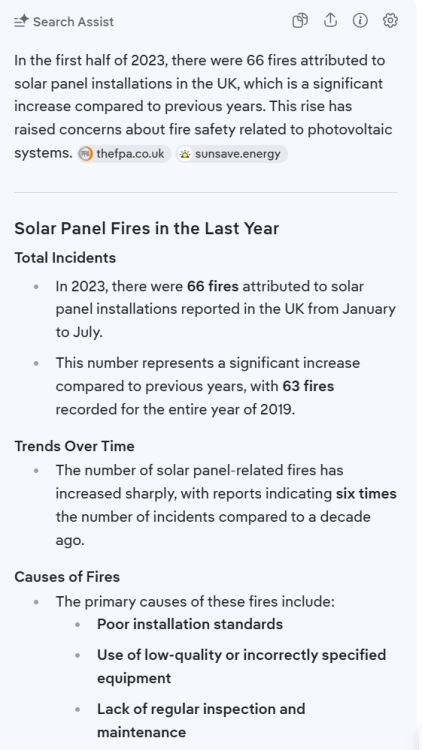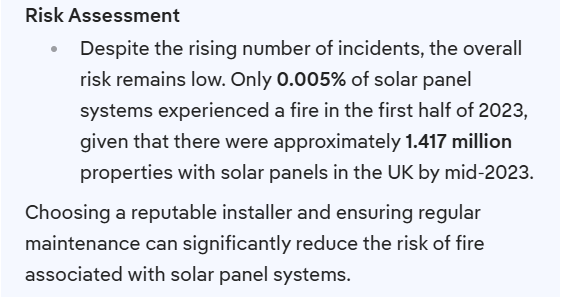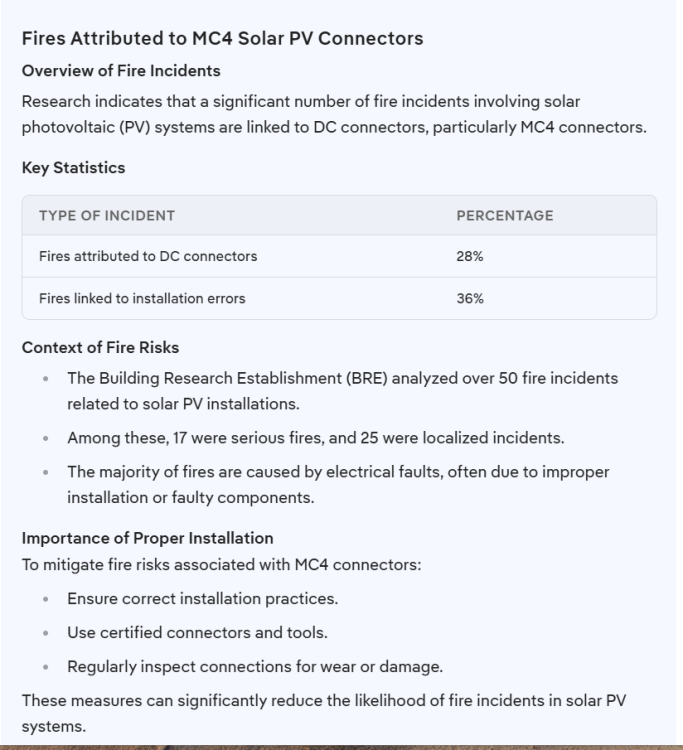
Bramco
Members-
Posts
731 -
Joined
-
Last visited
-
Days Won
1
Bramco last won the day on June 26 2021
Bramco had the most liked content!
Personal Information
-
Location
South Notts.
Recent Profile Visitors
The recent visitors block is disabled and is not being shown to other users.
Bramco's Achievements

Regular Member (4/5)
222
Reputation
-
It looks like the windows don't go up into the pointy bits at the top - so have you thought about setting external venetians into the top cill? These are very effective. A bonus is that in the winter when it's sunny, you get a lot of solar gain but in the summer, the blinds cut out all the solar. We've done this: Note to self, must get some photos done with the drive completed - it's only been 3 years!!! There are a few people who have the same type of external blinds - our supplier was Hallmark Blinds (I think they are actually made in eastern europe)
-
Planning consultant recommendations please
Bramco replied to timhowes's topic in Planning Permission
PM'ed you Tim. -
What insurance needed to move in before completion?
Bramco replied to YorkieSelfBuild's topic in Self Build Insurance
We have timber frame, crinkly tin roof and cladding, as well as timber cladding and render. Also a small flat roof section. We were with Direct Line (and still are for contents) but they wouldn't do the buildings cover. They put us on to Gallaghers who were v good, although the price seems to jump around a bit. Last year the quote was about £500, so I looked around using links from here and couldn't get anywhere near Gallaghers, so we stayed with them. This year the quote was around £400 - so they got the business again. -
Looks like the party is over....
Bramco replied to Beelbeebub's topic in Air Source Heat Pumps (ASHP)
I went to uni in 1969, was involved in student politics, i.e. the student's union. Apart from some big 'events/demos' I don't think students were particularly involved in Politics, the 'clubs' aligned to the major parties only had a few members. Compare that with the numbers a while back marching for Gaza, climate change etc. And don't forget, back then less than 10% went to university. Thanks to Blair, almost 50% go. And don't get me started about the lack of vocational training as a result. -
Things may have changed but we included an invoice (for windows, including installation) in our claim and HMRC told us that the company should have zero rated the invoice, so we should go back to them and get them to re-issue the invoice without VAT and refund us the amount. So to avoid later hassle it may better to make sure the contractor is happy to zero rate the amount. We had to supply the windows people with copies of the planning permission so they were covered if their VAT inspector asked any questions. They were only too happy to sort things out - fortunately!
-
How can I salvage this flooring (should I?!)
Bramco replied to Flora's topic in Wood & Laminate Flooring
Belt sanders can leave dips - although it's years since I've done this. You could use an eccentric sander - Festool are brilliant but expensive - you may be able to rent one. But as @Big Jimbo says it will take quite a while - but you'd get a better finish. You'd need a detail sander for the corners and edges obvs. -
Payment Terms - Pay everything upfront?
Bramco replied to Mulberry View's topic in General Self Build & DIY Discussion
FWIW - we had no problem with RK Doors - very good, in terms of getting the spec right etc. - can't remember the payment details but everything was delivered on time as promised. Also v pleased with the door. -
Our reason for ground mounting was aesthetics and the angle of the roof, not fire risk - and we have plenty of room 🙂
-
-
Majority of fires ... often due to improper installation or faulty components. What they haven't analyzed is what the cause of the fires were that were attributed to faulty connectors. So, as with anything - make sure you do things properly and double check that the connections are good.
-
They probably would wouldn't they - as the actress said to the bishop. The main thing I found was that it was important to make sure the pins/sockets were properly clicked into the plastic housing. It's surprisingly easy to not quite get one home and then when you join the two halves of the joint, one bit pushes the other side back out which means there isn't proper connection. But that may not be the case with expensive 'branded' connectors. I wonder how many fires there have been? And how were they attributed to the connectors and who checked that if the fires were caused by the connectors, which brand of crimp tool was used. Or could they have been caused by not clicking the crimped part into the housing properly?
-
I bought a generic one from eBay. 30 connectors and worked fine. Would almost certainly work for many many more. MC4 connectors are all standard. A £350 tool has to be something a professional would buy to install fields full of panels. Imho all you need is a cheap one from eBay, or Amazon.
-
Another 'Cool Energy' heatpumps thread
Bramco replied to HughF's topic in Air Source Heat Pumps (ASHP)
Interesting spreadsheet but I think you need the flow and temperature to work out the kW generated against the mains current and voltage as the input. There are kits to do this -> https://docs.openenergymonitor.org/applications/heatpump.html They also have a public website where you can publish your data - useful to see the CoPs being achieved in the real world. https://heatpumpmonitor.org/ -
Another 'Cool Energy' heatpumps thread
Bramco replied to HughF's topic in Air Source Heat Pumps (ASHP)
Must look into the engineers menu.. Thanks for pointing this out.




